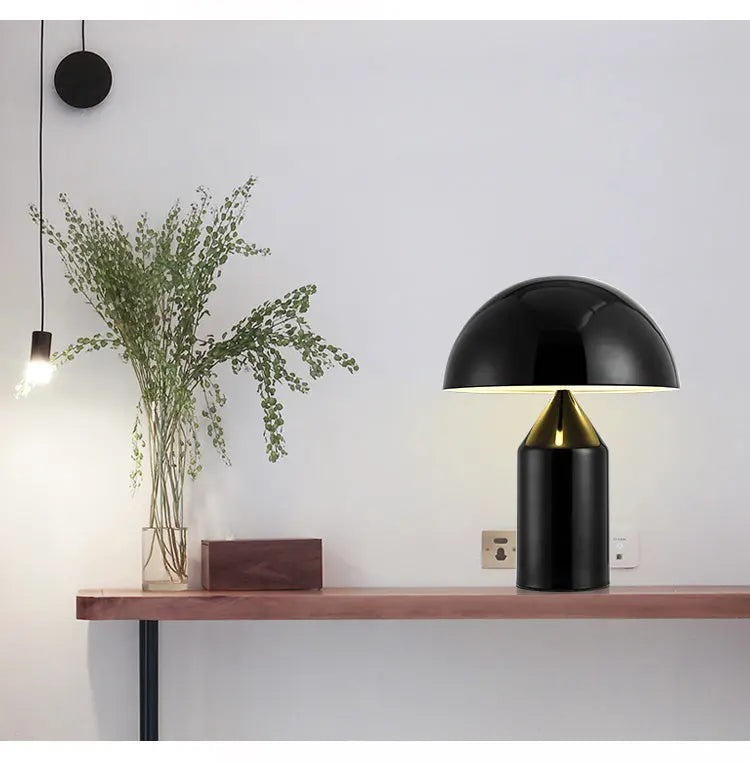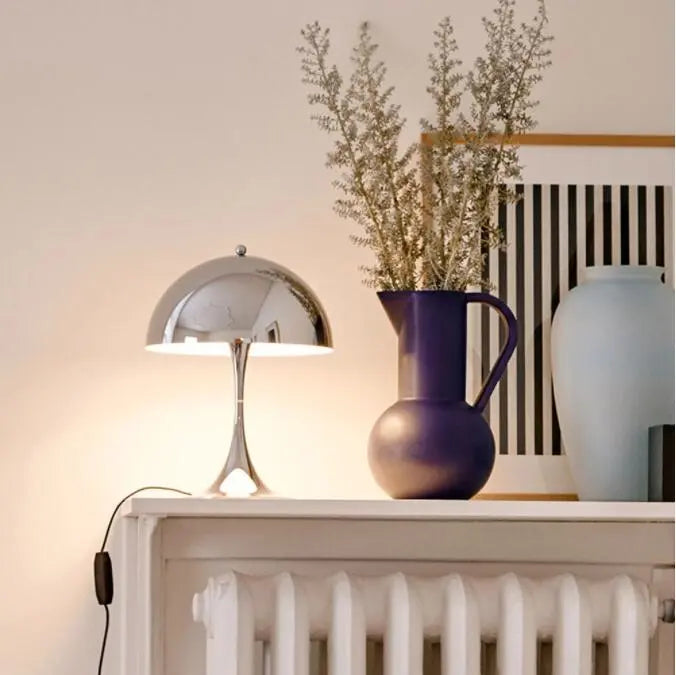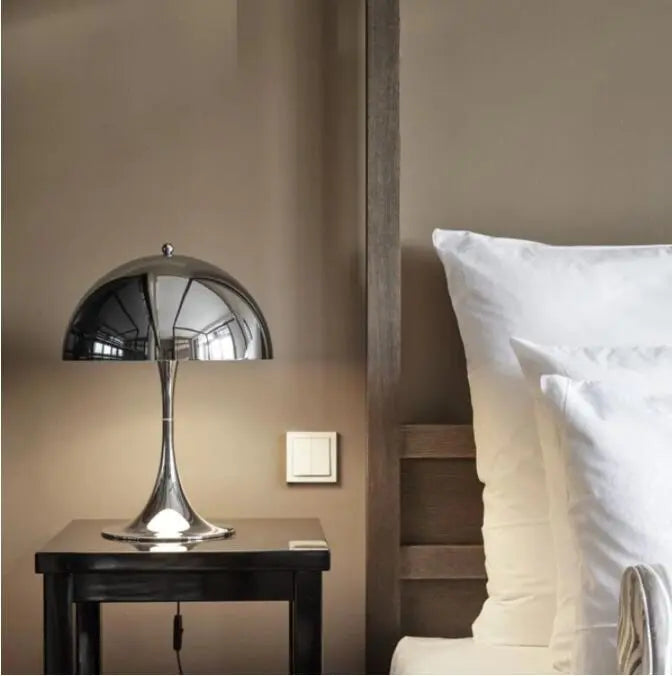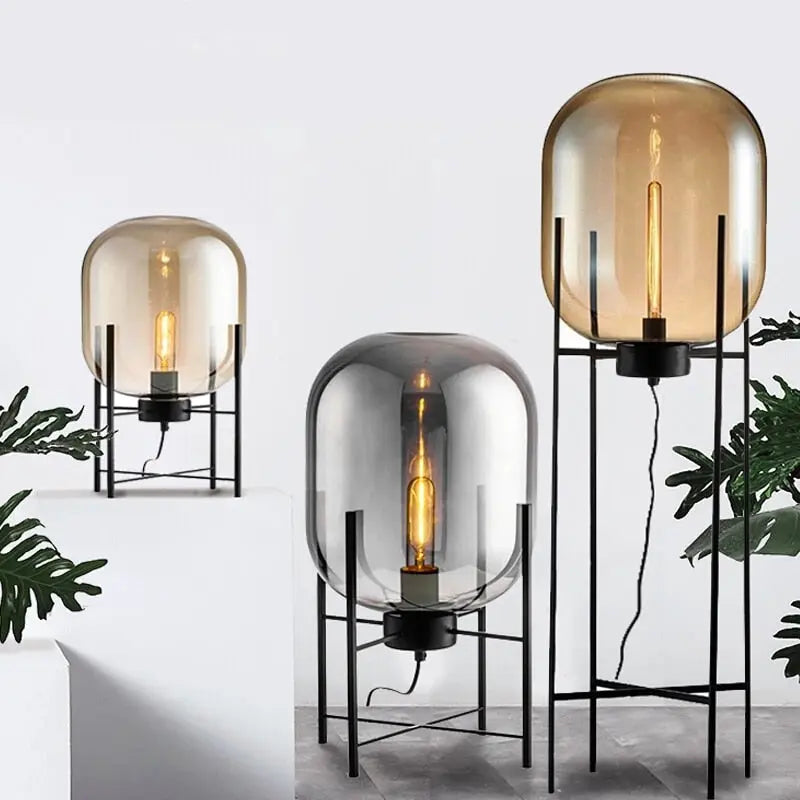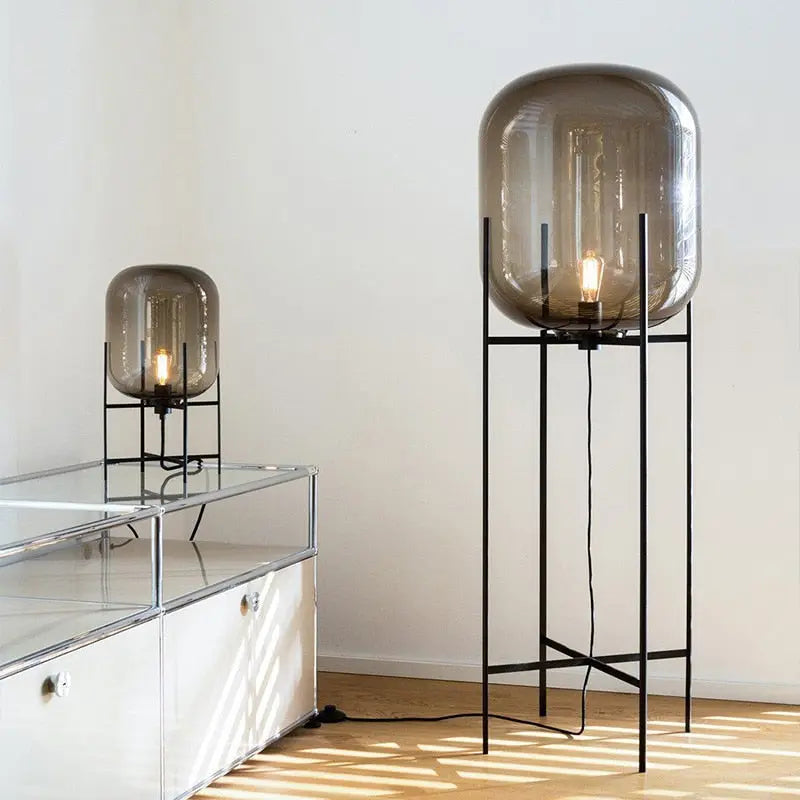LAMPS FOR READING, TASKS, AND AMBIENT GLOW
Start with what you do in the space. Use a floor lamp beside a sofa or chair for reading, add a table lamp on consoles and nightstands for a gentle base level, then finish with accents so corners do not fall dark. For room by room ideas, browse Living Room Lighting and Bedroom Lighting.
Layer the plan: Lamps work best alongside a main source so brightness feels even. For broad overhead coverage, compare Ceiling Lights. To highlight art or balance the room edges, add Wall Lights. For layout tips on comfort and scene setting, read our guide How to Choose the Perfect Living Room Lighting.
Height and placement: At the sofa, keep the bottom of the shade near seated eye level so light spreads across pages without glare. On nightstands, place the switch within easy reach from the pillow and keep the shade a little above the top edge of your book. Leave a few inches between the shade and the wall to prevent harsh reflections.
Glass, shade, and output: Clear glass reads bright and crisp. Opal or fabric shades soften bright points near eye level and feel calm at night. Keep one color temperature across the room. two thousand seven hundred to three thousand kelvin feels warm and relaxed. three thousand five hundred kelvin reads a bit cleaner. Choose LED lamps or modules that dim smoothly with a compatible control.
Quick guidelines
- Reading chair: place a floor lamp slightly behind and to the side of the shoulder.
- Nightstand: pick a lamp base that leaves room for a book and a glass, keep the pull or switch easy to reach.
- Glare control: use diffusers or frosted bulbs near eye level and angle shades away from mirrors.
- Finish plan: repeat one metal tone on hardware and lighting so the palette feels intentional.
Most orders include free U.S. shipping and 30 day returns. Need help with lamp height, shade choice, or bulb type? Our team can review your room and recommend options.





